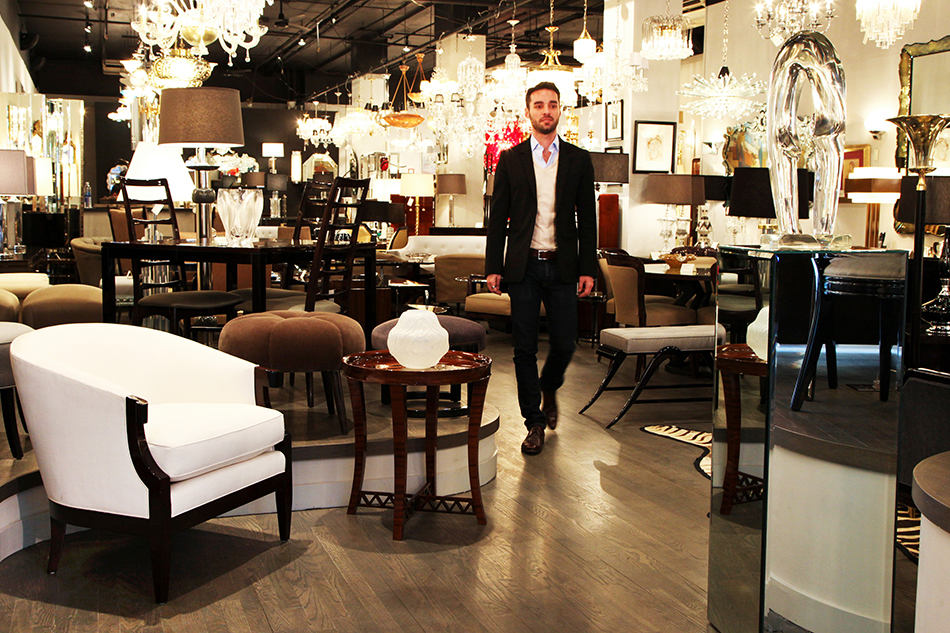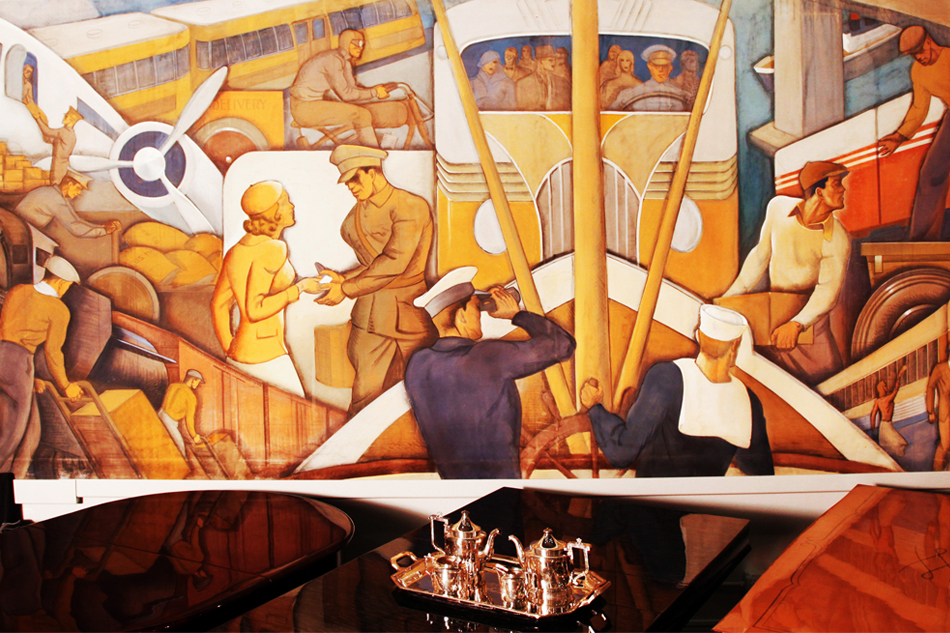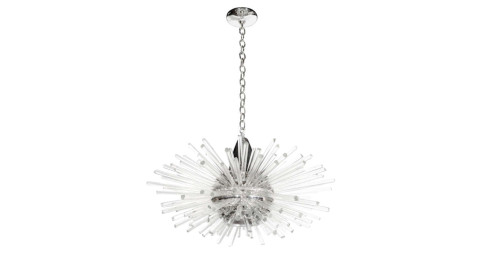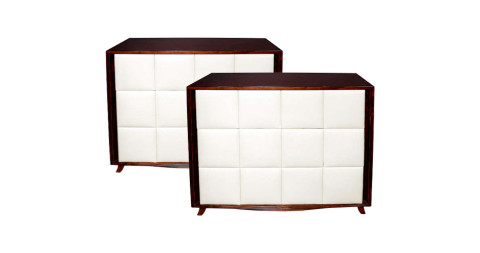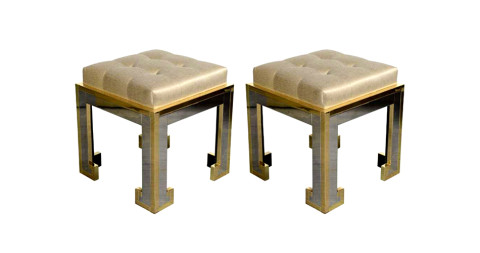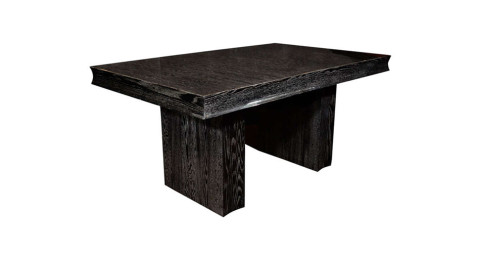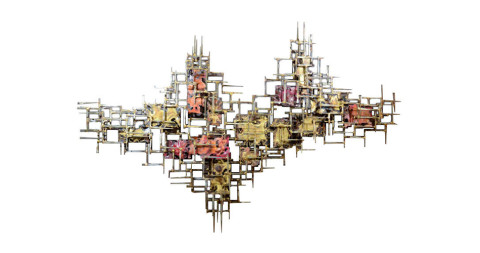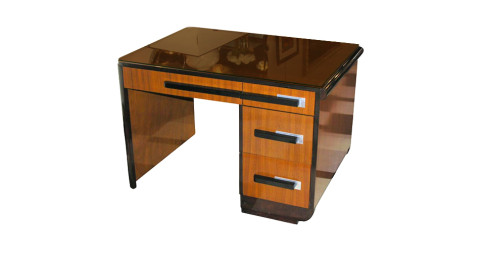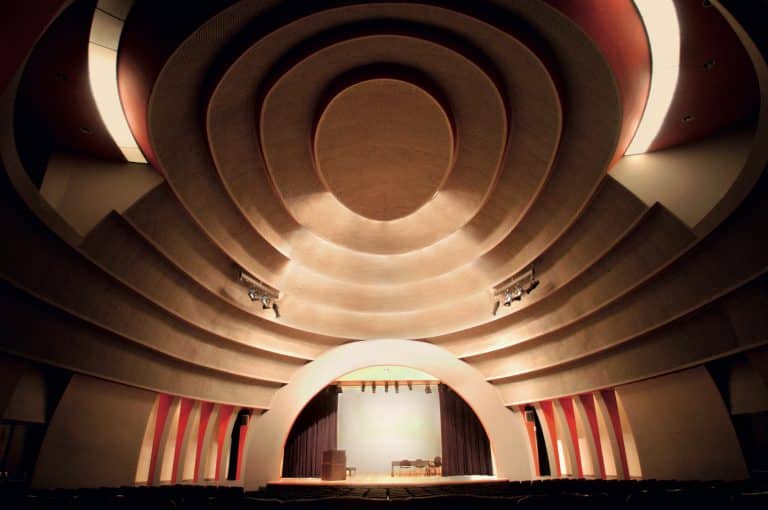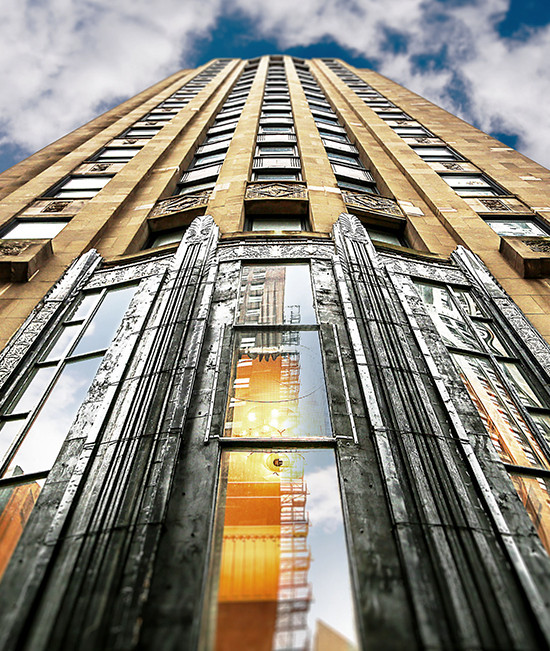
May 15, 2013At the Manhattan gallery High Style Deco, dealer Howard Williams — here shown sitting beneath a Murano glass starburst chandelier created for the lobby of a Milan hotel in 1945 — curates and culls some of the finest examples of pieces by the era’s master craftsmen. Top: A typical High Style Deco vignette includes pieces spanning decades and continents, like French and Italian armchairs (left and right, respectively) and a pair of chromed wall sconces from a movie theater in Los Angeles.
From the very first moment you enter the New York gallery High Style Deco, it’s impossible to feel anything other than completely enthralled by the ebonized mahogany, exotic marbles and beveled mirrors that gleam, glint and tempt from everywhere you look.
“My mom said that by age ten, I had a better eye for antiques than she did as an adult,” says owner Howard Williams. Instead of playing baseball as a child, he preferred to peruse estate and antiques sales up and down his native Long Island with his mother, herself a dealer in 19th-century Victorian and French pieces. As a teenager, Williams saw the potential of his great-grandfather’s circa-1910 living room end tables and personally restored them in the family garage.
“If anything defines my store and my philosophy today, it is the memory of removing five layers of paint to reveal those tables’ history,” says Willliams. “Beautiful things from the past can and should be brought back to life.”
Equally indelible was his first trip to Radio City Music Hall in the 1970s. “I was overwhelmed by designer Donald Deskey’s masterpiece,” he says. “I knew right then that Art Deco was where my passion lay.”
After studying art history and business at college in Pennsylvania, Williams worked for many years at a Connecticut-based commercial fine-arts publisher. But in 2003, he made the leap to pursue his true love, opening his own antiques store on West 18th Street. His mother — by then retired — promptly documented the entire space on video, ready to share her son’s new shop with friends who couldn’t make the trip to Manhattan. “The entire time she kept whispering, ‘Everything is so gorgeous!’ ” says Williams proudly.
As far as his initial inventory, “I wanted important, standout pieces, by the likes of Deskey, Gilbert Rohde, Paul Frankl, Russell Wright and Wolfgang Hoffman,” says Williams, who initially stocked his new venture by reaching out to dealers and other collectors with whom he’d formed relationships as a longtime collector himself. “I wanted to represent the best of an era.”
“I wanted standout pieces by Donald Deskey, Gilbert Rohde, Paul Frankl, Russell Wright and Wolfgang Hoffman. I wanted to represent the best of an era.”
— Howard Williams

A Medusa Fuoco-Fire Murano glass chandelier features close to 200 individual, hand-blown arms, each of which individually attaches to the piece’s skeleton, giving it its organic shape.
Eventually, however, he segued to include such additional 20th-century innovators as James Mont, Tommy Parzinger, Billy Haines, Edward Wormley and Vladimir Kagan. “Whether a nineteen-fifties Venetian glass mirror or a nineteen-seventies Paul Evans cityscape sideboard, wherever it’s from, I want it to look as glamorous and perfect as the day it was made,” says Williams, who achieves such glam perfection thanks to the gallery’s full-time restorer and finisher.
Having moved to a larger location on West 20th Street in 2012, Williams revels in being able to style a space that provides constant inspiration — both for him and for his clients. Now he has the room to showcase a pair of circa-1930 Art Deco salon chairs, say, alongside a modernist Silas Seandel hand-wrought wall sculpture from 1972 and the only example still in existence of the murals that Marion Simpson created for the 1939 Golden Gate Exposition in San Francisco. “People are constantly commenting that the store always looks different,” says Williams. And then, as if to prove his point, he places a Paul Evans polished-nickel-and-brass Greek-key stool — just arrived from an apartment uptown — next to a 1940s Grosfeld House occasional table with a mirrored top.
Things can sell quickly here: “It’s not a museum, but a place filled with things for people to enjoy right away,” Williams says. “When clients ask how soon they can get something, my response is always ‘Today!’” Having said that, however, his gaze turns to a spectacular ruby-red Medusa Fuoco-Fire Murano glass chandelier, which seems to flicker with flames from the back of the store. “Actually, that one,” he says, “I secretly hope never sells.”
TALKING POINTS
Howard Williams shares his thoughts on a few choice pieces.


